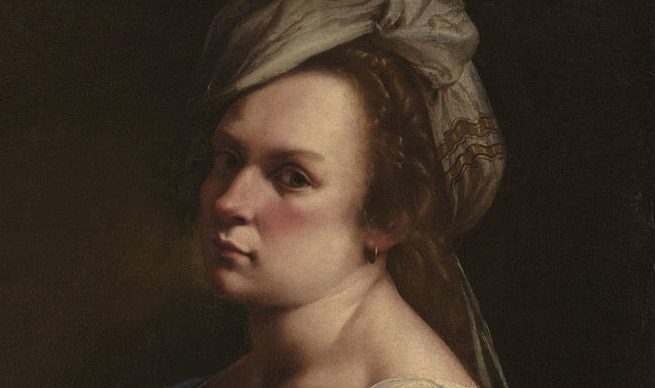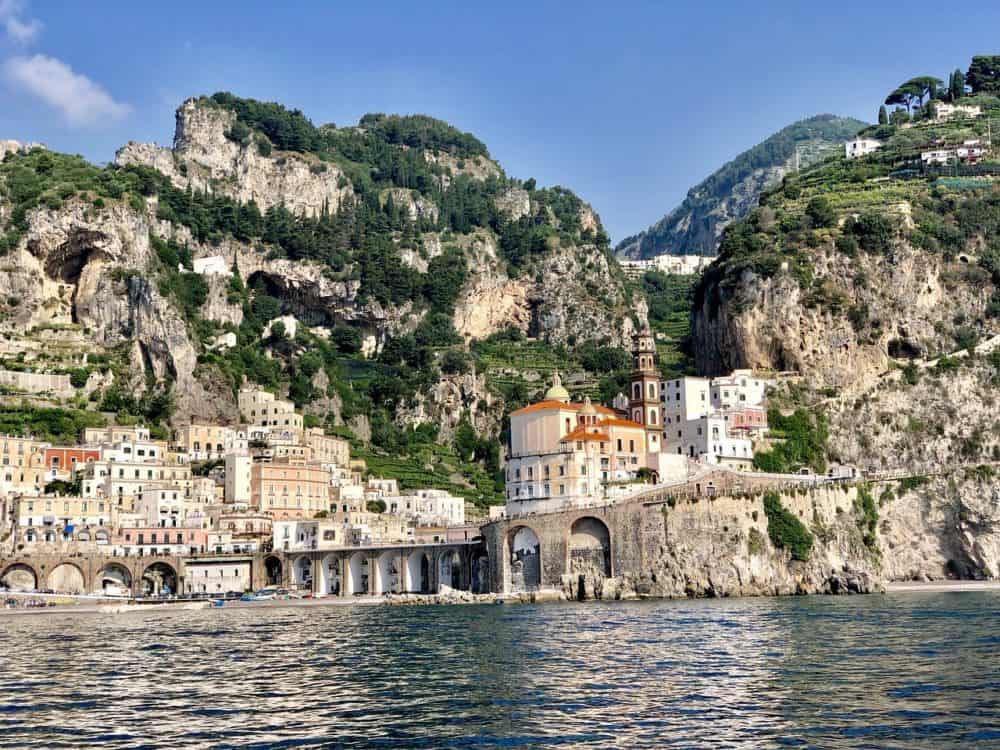
LGBT Italian Art: Artemisia Gentileschi
A groundbreaking artist finally gets her due
LGBT Italian artists have played a key role in shaping western art. Michaelangelo and Leonardo da Vinci spring to mind. That being said, female artists have left little trace in the Renaissance and Early Modern periods. With few artistic career paths open for women, they didn’t really have a chance. There are some notable exceptions, however.
Artemisia Gentileschi was a trailblazing female artist and storyteller. Her work was largely forgotten after her death but that’s beginning to change. A 2021-2021 exhibition of her works at the National Gallery brings her key works to the UK for the first time. She only had to wait four-hundred years.
From self-portraits to biblical depictions, her work is visceral, personal and often violent. In her “Self-portrait as a lute player” she gazes from her canvas with steely intent. Her biggest influence was Caravaggio and she is associated with the Baroque period.
For many years, her life story overshadowed her art. As a feminist trailblazer, she broke a lot of new ground. But recent critical analysis has shifted the attention from her story to her work. She’s widely regarded as one of the best 17th-century painters. That being said, her best works are intimately tied up with her personal life.
Her art was fueled by a traumatic incident from her youth. At the age of seventeen she was raped by the artist Agonostino Tassi. He was popular at the time although his work is now forgotten, unlike the work of his victim - the sweetest revenge for an artist. Her father took Tassi to court and a long and very public battle began. Surprisingly, a full transcript of the 400-year-old court case survives. Artemisia gives a graphic description of the sexual assault. She fought back, causing him significant injury. She continued to have sex with him after the assault in the hope that they’d get married. That was supposed to be the deal, but Tassi refused. Tassi’s popularity and papal connections worked in his favour. Artemisia ended up being blamed for the incident and tortured.
In a culture built around honour and shame, it should have been the end of her. The publicity from the trial ended up working in her favour. Her brilliant artworks and notoriety made her a big name in the 1620s.
In the early artworks that made her famous, she often depicted brutal scenes that were clearly inspired by her assault and subsequent trial. Her most arresting work is a depiction of the biblical story of Judith Slaying Holofernes. The apocryphal story chronicles the slaying of an Assyrian general by an Israeli woman. She kills the general with the help of her maidservant.

Artemisia’s painting depicts the two women using all their strength to pin down and kill Holofernes. Having experienced male violence she knew exactly how to depict the scene. She makes it clear that two women would be needed to take on such a physically imposing man. You can see that they are using all of their strength to do the deed. It’s a brutally realistic depiction. She is showing the brutality she herself had experienced.
She found success in Florence, Rome and Venice. Her celebrity spread throughout Europe. Charles I of England invited her to his court. She took up the offer and continued to paint, but her finest works were behind her. She managed to flee England just before the Civil War broke out and lived out her last years in Naples.
Although she wasn’t an LGBT+ artist, her works have a deeply feminine quality and they have inspired many gay artists and feminists. Women are given dominant positions in her work, whether they’re posing or slaying Assyrian generals. As St Sebastian became an artistic icon for gay men, Artemisia’s paintings speak to queer art lovers. She was an outsider who lived her truth at a time when you could be killed or exiled for doing so. Four centuries later her work still resonates.
Join the Travel Gay Newsletter
More Gay Travel News, Interviews and Features
The Best Tours In Naples
Browse a selection of tours in Naples from our partners with free cancellation 24 hours before your tour starts.

